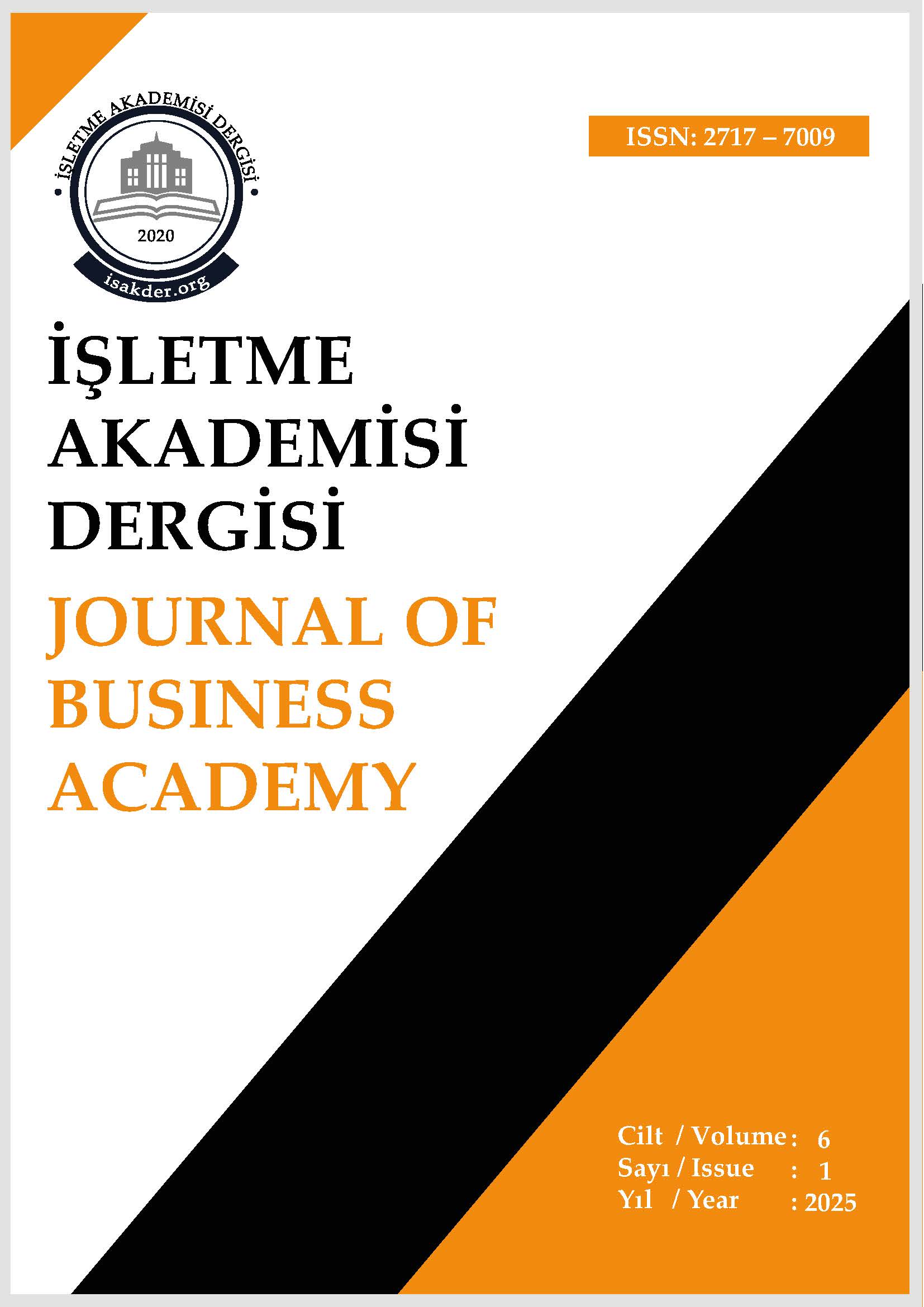Application of Hotel Price Index With Hedonic Model: The Case of The World's 50 Best Hotels
Main Article Content
Abstract
One of the methods used to measure the degree of satisfaction and happiness of touristic consumers is the hedonic price model. Hedonic price model is an approach that provides the opportunity to see the effects of the features that make up the product on the price of the product and causes market valuation according to the characteristics of the products. In particular, as it is an approach that shows how the price of the product changes according to its characteristics, it also enables the comparison of different products in the market. In this study, the factors of chain, location (proximity to the center), breakfast (included), conference room, shuttle, free wi-fi, parking, night club/bar, fitness center, swimming pool, Turkish bath, game room, shops, currency exchange, fax/photocopying, room size (m2), safe deposit box, telephone, air conditioning and sound insulation were determined and it was aimed to reveal the factors that affect the weekend and weekday room rates in The World's 50 Best Hotels. As a result of the research, it was concluded that none of the factors caused an increase in weekend room prices; however, if the hotel establishments are chain hotels, only weekend room prices are negatively affected, while the presence of a parking lot in the establishments negatively affects both weekday and weekend room prices and decreases prices. In addition, compared to other factors, the presence of a conference room and sound insulation in hotel establishments positively affects weekday room prices and thus causes an increase in prices; on the other hand, increasing the number of factors in hotel establishments will positively affect both weekend and weekday room prices and increase them.
Article Details

This work is licensed under a Creative Commons Attribution 4.0 International License.

